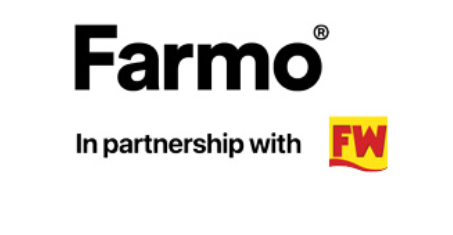Surprise at slow spraying speeds
Visiting Holland was a first for me, and, while the weather was kind, I must say I found it a really interesting country and would like to go back to see more of its agriculture.
We visited only a couple of farms – in the south.
But what particularly impressed me was the positive thinking and enthusiasm for farming among the people we met.
The growers’ investment in machinery on what by our standards were quite small farms, 225ha (556 acres) and 175ha (432 acres) was surprising.
Having said that, they do seem to be missing a trick by driving their sprayers more slowly than we do and perhaps by using unnecessarily high water volumes.
At home in Nottinghamshire, using Airtec nozzles, we spray everything at 75 litres/ha and it works.
Leen Vos, the first farmer we visited, operates his Dubex 46m trailed machine at only 6-7kph, even though his land is nearly dead flat.
Even on our hillier ground we travel at nearly twice that with our 30m self-propelled.
Like us he uses Airtec nozzles, but he generally applies at least 120 litres/ha.
And for herbicides on his onions he goes up to 180 litres/ha.
Clearly with so many dykes surrounding their fields, Dutch growers must be extra careful when spraying near water.
But I was intrigued to see how they can spray really quite close to it, provided they do certain things.
Maybe it’s because the fertile land is so valuable, but even for crops like potatoes, onions and other vegetables they need only leave an uncropped strip 1.5m wide beside their dykes.
For sugar beet and maize it’s 0.5m, and for cereals just 0.25m.
But that is only allowed if within the first outside 14m of crop they use 50% drift reduction nozzles, a boom height of no more than 50cm above it and the wind speed is below 5m/sec.
“Edge” nozzles on the boom ends, which can be turned on and off as needed, are also compulsory.
I think we have a lot more flexibility with our LERAP system.
I was fascinated by our visit to Plant Research International at Wageningen, where we were shown research into reducing drift and making spraying more efficient.
I admit some of it was a tad deep science for me.
But I liked the idea that they might be able to use inkjet printer technology linked to sensors to slash the amount of herbicide needed to kill things such as volunteer potatoes.
Our visit to the John Deere factory in Horst, where trailed sprayers for the whole of Europe are made, showed how the entire spraying job is becoming so much more auto-mated with all sorts of precision aids to improve accuracy.
At home we have retrofitted many of the things we saw, such as automatic boom height sensing.
And we have Air-ride suspension for boom stability, which is so important as the PRI demo showed.
But I especially liked the look of the firm’s Field Doc system.
With GPS and a wind speed meter on the tractor, it allows you to record everything applied and under what conditions.
I can see a lot of mileage in it for assurance to prove you have done what you said you did.
We learned that nothing can be burned on Dutch farms without prior permission from the authorities.
Even so it was a surprise to hear that the local council was still willing to collect up to 50kg a year of clean empty pesticide containers from Mr Vos. Beyond that he has to pay a specialist firm to remove them.
I still believe manufacturers could do much more to improve things in this area.


